DIY winter fishing rod - materials, tools, tips and drawings
Lashing is the most effective way to hunt river predators during the winter season. You can catch pike, perch, walleye and even trout with pleasure. And at the same time, it is not necessary to spend money on expensive fishing tackle, for example, you can make a fishing rod for trolling with your own hands.
Since the conditions in which they are used are much more severe, there are more requirements for them. To create a really effective winter fishing item, decide on the type of winter fishing for predator fishing. This is the only way you can make a really high-quality and effective tackle.
Materials and tools for a homemade ice fishing rod for lure
When selecting, it is necessary to take into account some of the nuances. Such a technique for catching a predator involves continuous movement through the reservoir. This means that the gear should be comfortable, efficient and lightweight.
List of required tools:
- hacksaw;
- sandpaper;
- superglue or epoxy;
- stationery knife;
- file;
- drill;
- Bulgarian.
It is worth noting that the list may vary depending on the type of fishing rod selected, which you wish to create with your own hands.
What to use as a whip
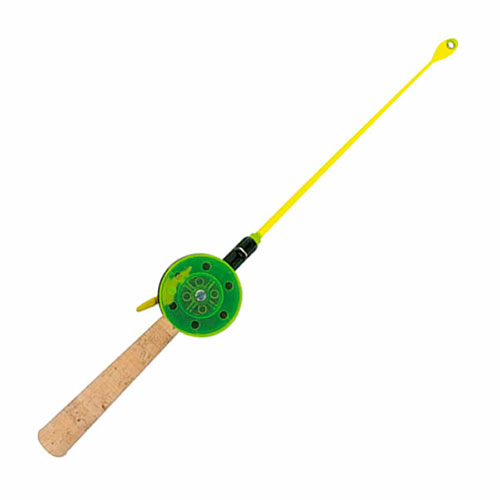
All your fishing will depend on the quality of the whip, its length and rigidity, which is why this issue should be given special attention. The complete set of inexpensive fishing rods includes whips based on polypropylene, cardboard or polystyrene. The first two options quickly deform, while the last one just bursts right there on the fishing trip.
Most fishermen prefer fiberglass whips. If a hard hitting is expected, look for carbon fiber whips.
It is very important in this case to determine the rigidity of the rig, which is achieved by changing the length of the whip and the thickness of the material used.
If you have the technical ability, you can create whips from light titanium alloys. This option is perfect in combination with heavy lures at impressive depths or in strong currents.
What is the handle made of
The lure handle may not differ much in its shape. The difference in this case lies in the material of manufacture. It can be styrofoam, foam, or even cork.
Methods for making a winter fishing rod for lure
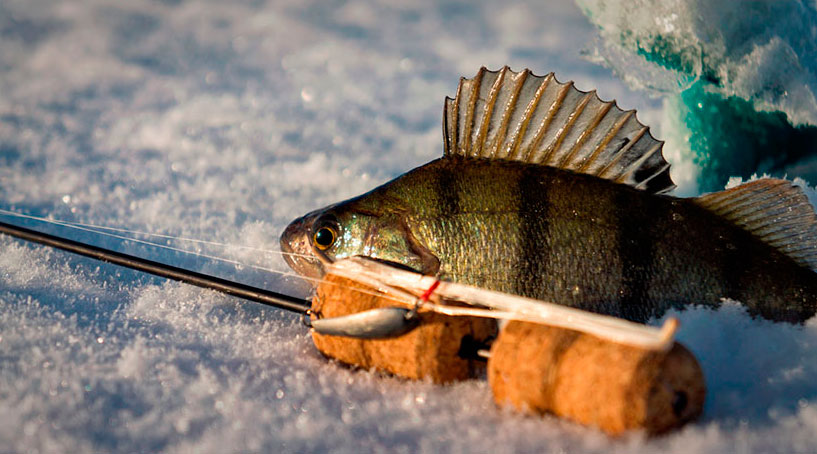
How to catch more fish?
In my 13 years of active fishing, I have found many ways to improve my bite. And here are the most effective ones:- Bite activator. Attracts fish in cold and warm water with the help of pheromones and stimulates their appetite. Pity that Rosprirodnadzor wants to ban its sale.
- More sensitive gear. Read the appropriate guides for your specific tackle type on the pages of my site.
- Bait based pheromones.
There are many ways to create winter lure rods. It is important to find the option that will allow you to make the tackle effective and comfortable for you individually.
Fishing rod with wooden handle
![]()
Wood handle can be crafted from any wood. To do this, you need a hacksaw, sandpaper and a knife. From the end of the workpiece, make a 250 mm hole with a drill. Moreover, the diameter of the drill should correspond to the thickness of the whip itself.
You can remove the unnecessary end of the fishing rod with the help of a grinder, but other improvised means will do. It all depends on your preference and the tool you have. In order for the wooden handle to remain practical and aesthetic longer, it can be additionally treated with an antiseptic or painted.
A coil is attached to the previously created handle using electrical tape. And after connecting the whip with the handle, the fishing rod is ready.
Styrofoam fishing rod
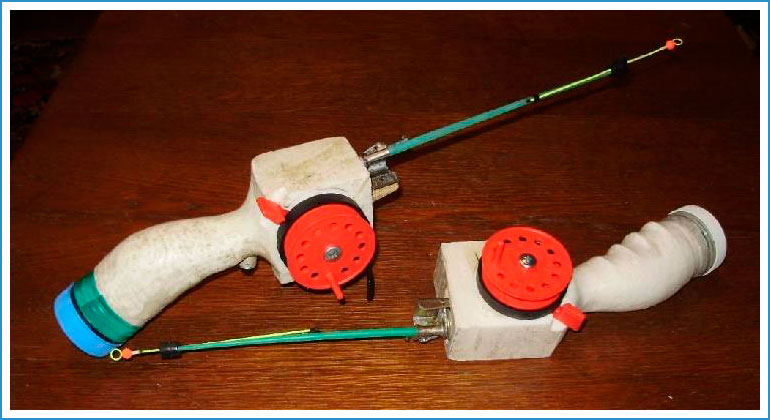
It's easy to create a fishing rod based on foam with your own hands. The difficulty lies in another, to find a really high-quality dense material. Such a foam handle will have excellent heat dissipation, which will allow it to be used with bare hands, even in severe frosts.
Step-by-step instructions for creating a foam rod:
1. Prepare a blank of dense solid foam in advance. Its dimensions should correspond to the size of your hand, so that in the future it is convenient to hold the rod.
2. In the middle of the workpiece, more precisely along it, make a small notch for the subsequent laying of the fishing line in it. It is better that it be wider, so it will be more convenient to wind the thread.
3. On one side of the rim, make a hole for the rod and fasten it securely.
4. You must first prepare this fishing rod.
4.1 Find the end from the telescopic rod and under it make a hole in the foam blank. Moreover, the rod should be tightly inserted into the groove in order to exclude its further falling out during operation.
4.2 Before the final fixation of the rod, super or epoxy glue is poured into the hole. It is recommended to secure the latter securely in the groove.
5. At the end of the rod, gently fix the nod. It can be purchased in a special store or made yourself from a nipple, a spring, including wire with good elasticity parameters.
6. And finally, you need to wind the monofilament on the fishing rod, insert the rig through the nod and you're done! You can safely go fishing.
Fishing rod for winter lure without reel
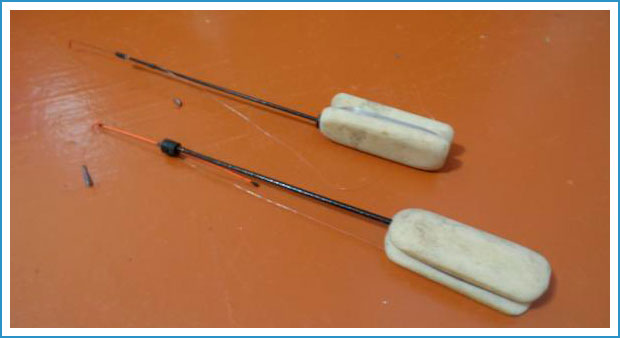
The spoolless tackle is the same foam tackle we looked at earlier. Although you can think of many other options. For example, a rod made of champagne cork. To do this, you will need to prepare 5-7 of these plugs in advance.
Stages of creating a fishing rod from cork
- Drill a through hole in the center of each plug.
- Carefully trim the edges of each piece to ensure they stick to each other best.
- Put the plugs on the whip, first fastening them with superglue from the end.
- After complete drying of the rig, distribute the three through-rings evenly over the whip. It is very important to keep one line of finding these rings.
Fishing rod for winter lure with reel
![]()
A lure rod with a reel, like a foam rod, is perfect for winter fishing. Plus, it is particularly efficient and easy to use. But you will have to work hard to create it, including applying your creative talents.
Stages of creating a tackle for winter lure with a reel:
Before you start creating a fishing rod, look into a fishing store and purchase a reel and a whip there. Moreover, prepare a piece of hard foam that is slightly larger than the spool itself.
1. Take the foam and cut it a little wider, 3-4 mm, of the coil itself.
2. We drill a through hole in the foam that is 20 mm less than the diameter of the coil.
3. Create another hole, but no longer through, so that a layer of foam with a height of 4 mm remains at the bottom.
4. Place the spool in the foam blank, handle it carefully to give it a presentation.
5. Please note that the coil also requires additional upgrades.
6 Remove the spool leg, we don't need it.
6.1 We also remove the edge of the coil that bends, it is worth saving only three legs. They should be spaced evenly around the circumference to further fix the coil to the workpiece.
7. Moreover, at the time of aligning the workpiece and the spool, it is necessary to provide the lever with free access for normal switching when winding the monofilament thread.
8. For aesthetics, the workpiece is finalized using a file and sandpaper.
9. Heat the needle well, create a hole for the monofilament in the workpiece so that it is flush with the line coming off the spool. This will eliminate the friction of the thread on the foam body.
10. Use a drill to create a hole for the whip. Moreover, the drilling speed should be minimal to prevent damage to the foam blank. The hole should not be through, although deep enough to hold the whip securely in place.
11. At the base of the whip, a monofilament thread guide is attached.
12. Then you need to tackle the nod.
12.1 Get a smelt nod from the store, for example. It will need to be redone somewhat.
12.2 Having reduced the ball at the end of the nod to a small cone, proceed to shorten the spring.
12.3 Change the rubber bushing to a foam one.
12.4 And only then we start creating two holes: one for the spring, and the other for the whip.
12.5 The bracket is flush into the first hole, and the nod itself into the second. Moreover, it is recommended to firmly glue the bracket with epoxy resin.
13. We wind the monofilament thread through the spool, be sure to thread it through the previously created hole in the foam, through the passage ring and the nod itself.
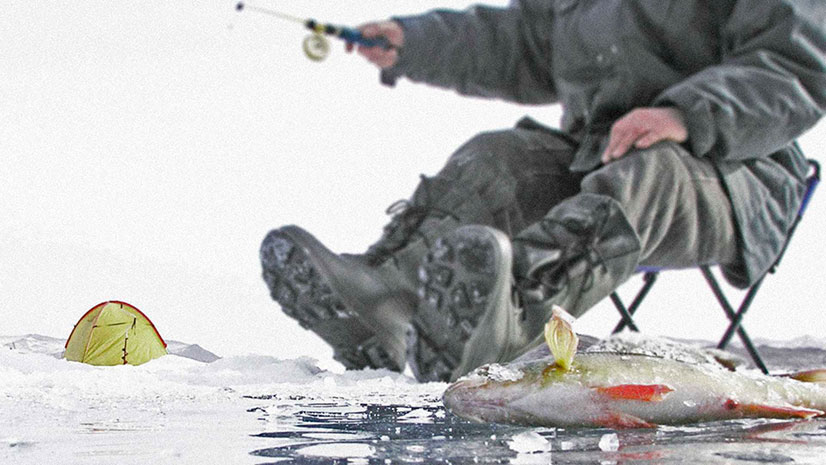
- if you decide to use a balancer, the fishermen also recommend using a medium-sized silicone twister. It works very effectively;
- if you decide to fish in a stagnant body of water - use a slow temp of lure with the use of light baits;
- while in the middle course it is necessary to accelerate somewhat and make the movements sharper, using already much heavier spinners. After all, others can be carried away by the current;
Remember, the trolling method in winter is not suitable for strong currents. The tackle will tear and lift to the ice, even the game will not be suitable for good fishing.
